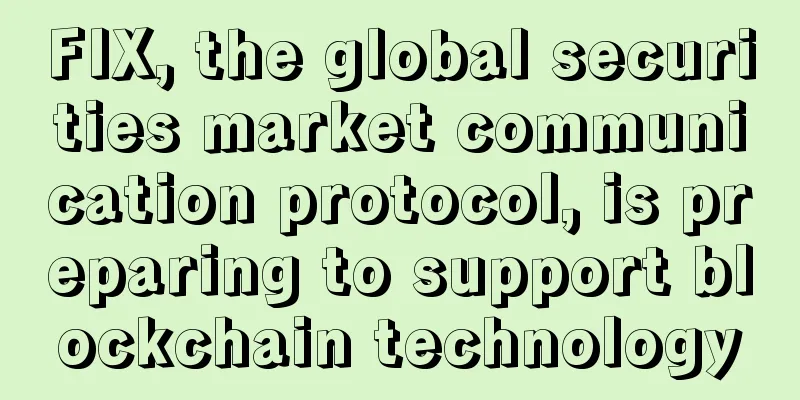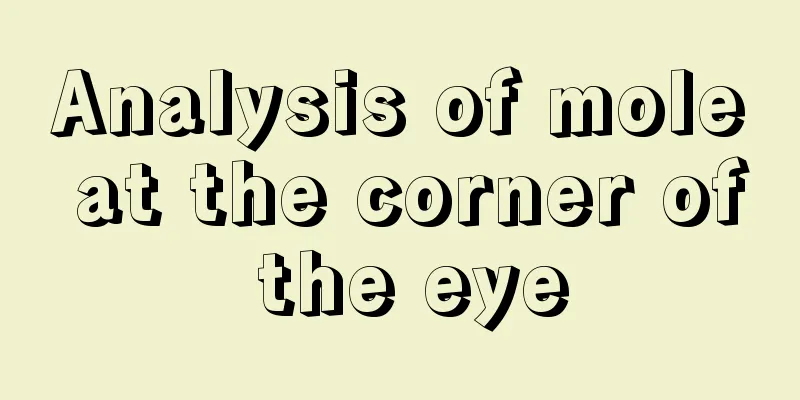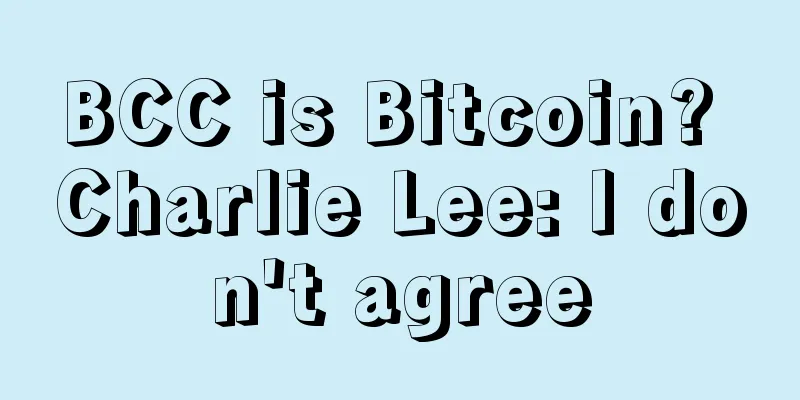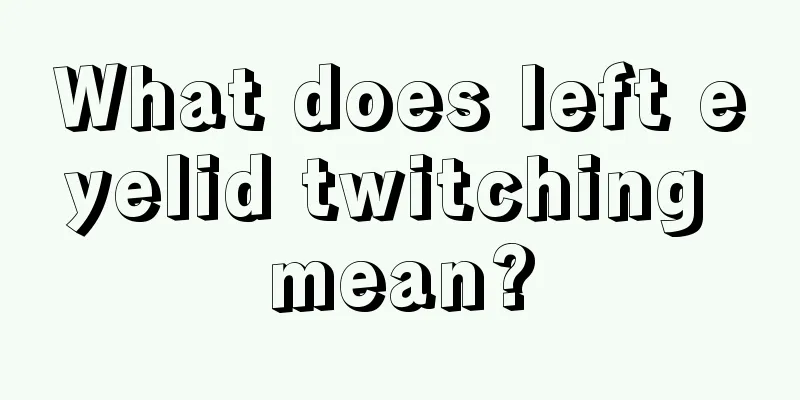FIX, the global securities market communication protocol, is preparing to support blockchain technology

|
The rapidly growing blockchain economy gained support last month from the FIX trading community, which announced the formation of a digital currency and blockchain group. FIX (Financial Information Exchange) is the most widely used communication protocol in the global securities market, designed to optimize the efficiency of electronic trading. It is managed by the FIX trading community, under which there are several different working groups to supervise and manage its development. The development of the FIX protocol was jointly initiated in 1992 by a number of financial institutions and brokers who were committed to improving the efficiency of their mutual trading processes. These companies viewed themselves and their industry as a whole and believed that they could benefit from the drive for efficient electronic data exchange of trading instructions, trading orders and trading execution. FIX was born, an open messaging standard that is not controlled by a single entity, a protocol that can be adjusted and constructed to suit the business needs of any enterprise. Likewise, Bitcoin’s blockchain and distributed ledger technology have the potential to fundamentally change the securities industry. Greater transparency through real-time settlement means billions in cost savings, as well as the elimination of counterparty risk and reduction of errors. The new working group will bring these two together. They will redefine use cases and integration of blockchain technology into capital markets, as well as recommend best practices for FIX implementation. The group is led by Sean Ristau, head of wealth management and derivatives at Raptor Trading Systems; Ron Quaranta, CEO of Digital Currency Labs; and Ryan Pierce, director and technical architect at CMD Group. In their interviews, Quaranta and Ristau each mentioned another potential advantage of the collaboration: the unification of multiple different blockchain systems. Many banks have begun experimenting with distributed ledger systems. Some have developed their own blockchains (such as Citicoin), while others rely on the Bitcoin or Ethereum blockchains. Obviously, if different systems cannot interoperate, much of the value of the technology will not be realized. We cannot simply replace one system with another, because some advantages cannot be replaced by the interbank trading system. To solve this problem, there are two approaches being taken. Some large banks are included in a consortium to jointly develop a single blockchain ledger (such as R3CEV). Similarly, some technology providers are trying to develop a framework (such as itBit?), perhaps a standard framework, hoping that banks will become their end users. The second method is to develop standards and have the entire industry adopt them, which can maximize the compatibility between independent systems. With the establishment of the FIX blockchain team, we began to try the second approach because the second approach can make different blockchain systems compatible and introduce a set of interoperable methods between them, and the FIX protocol serves as the necessary "glue" to link these different blockchain systems. Quaranta and Ristau said:
Each blockchain will have its own specific features, so many vendors will customize their own needs, and developing support for the FIX protocol will allow them to integrate into the existing financial ecosystem. They continued
They added that some companies have implemented the FIX protocol on their own blockchains, but “this group has not yet formed a solid standard in the FIX trading community.”
At present, how much the extended attributes of FIX can help the development of blockchain remains to be seen. However, it is certain that if a tool needs to play a more important role, it will definitely need to enter more standards to achieve sufficient flexibility. |
<<: BIS: Digital currencies could upend central bank model
>>: CoinSource's first Bitcoin ATM debuts in New York's Lower East Side
Recommend
The way a man eats can tell whether he is a good person.
Why do many girls like Eddie Peng and Hu Ge? Beca...
Guo Jingjing's lucky face
Why was Guo Jingjing able to marry into a wealthy...
Will it destroy your fortune if your fortune line is blocked by a horizontal line?
There are many lines on our palms, and each of th...
ItBit reveals bank chain project, not using Bitcoin
On August 14, New York Bitcoin trading platform I...
Bank of England considers issuing a centralized digital currency different from Bitcoin
The bitcoin digital currency was designed to be i...
Central Bank: The "Bitcoin Trading Activity Management Measures" circulated on the Internet are not true
Beijing News Express: Today, a document "Int...
Blockchain can improve the central bank’s monetary policy
Business Insider reported that HSBC Bank of the U...
I feel sad when I know my friend is getting divorced.
Sometimes, some people are more easily affected b...
July token unlocking event overview: Do you have these tokens in your portfolio?
This article will show the unlocking activities o...
Are women with open eyes more sinister than their peers?
When you hear the word "dark-bellied", ...
SolidX applies to list Bitcoin exchange-traded fund ETF on NYSE, additionally provides Bitcoin guarantee insurance
Following Winklevoss Bitcoin Trust , a second com...
What lines on the face affect wealth and health?
Face reading is congenital, and it is inherited f...
Is a long face good?
As the name suggests, a long face is a very long ...
How to judge personality from facial features? Personality analysis based on facial features
People with different facial features have differe...
Building a healthy copyright ecosystem, blockchain will become Baidu's nuclear weapon for copyright protection
At the beginning of this year, the "fight&qu...









